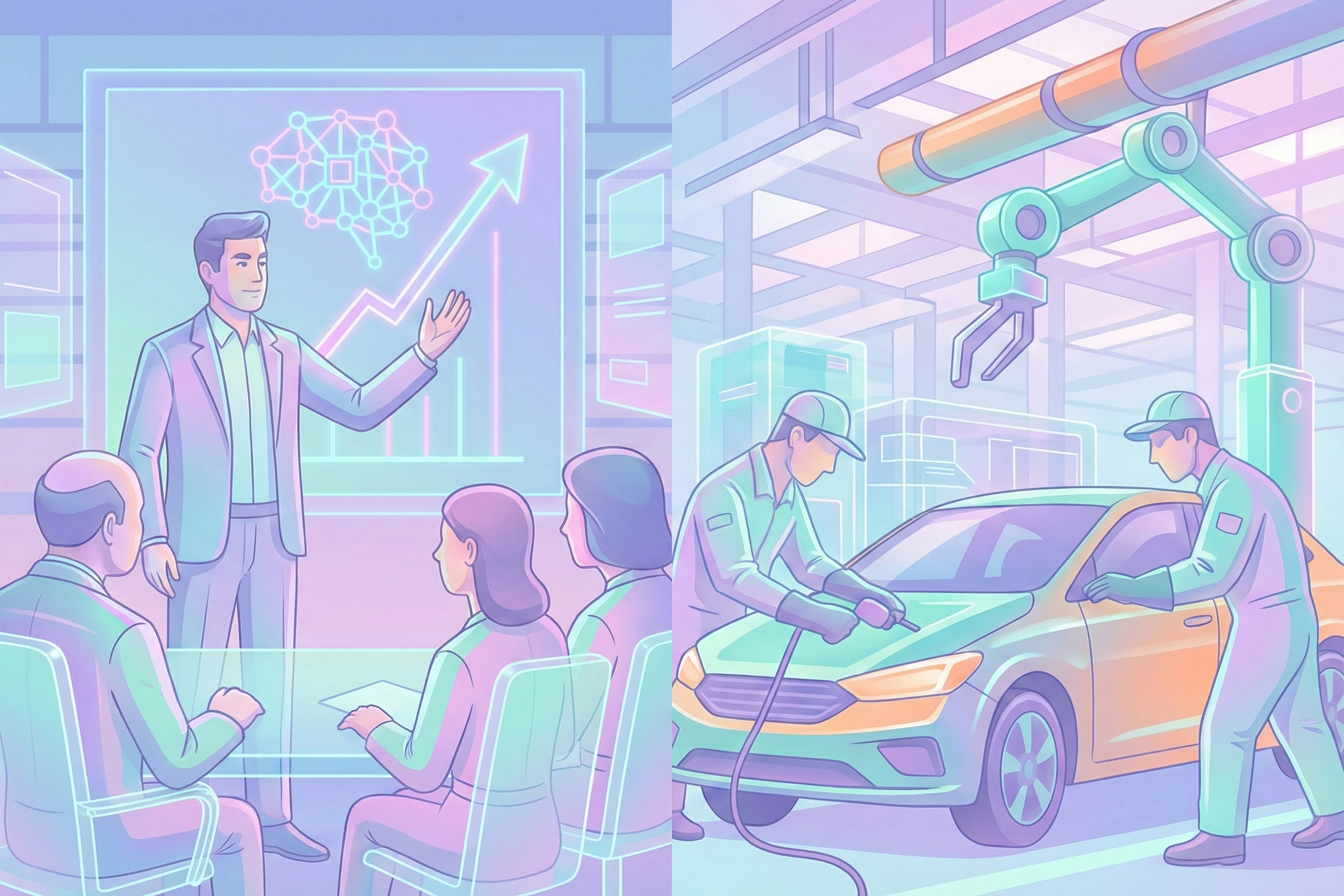
Italy’s Five Star Movement and League have proposed the little known law professor Giuseppe Conte as new Prime Minister, which has been approved by President Mattarella. Last week, the two parties presented a policy document that no longer contained controversial proposals such as exiting the Eurozone or writing off Italian debt. It does, however, contain other contentious issues like the introduction of a flat tax (15 or 20%), rejection of EU asylum rules for refugees, a guaranteed income for the poor, closer ties to Russia, bringing the pension age down again and breaking EU budget rules.
Markets are worried about stability in the Eurozone again, as the new Italian government will put the country on a collision course with the EU. Not all contentious issues are equal, though. Flirting with Russia is an often-used tactic by European parties, but never a convincing one. Economic policy will loom as a big threat, but it will be very difficult to implement. The Italian political system is designed to inhibit large changes. This has hindered reform in the past, but will now also inhibit rash plans. It will require a lot of effort to reach the budget these parties are proposing. This is why the government has been focusing on refugee policy: It unites both parties and can truly exert pressure on Brussels.
The chance that this government will rule Italy for long is slim. That is a feature of the national system: Italy has had more than 60 governments in a period of 70 years. More specifically, the leaders of both parties are inexperienced in governing. Finally, their voter base is very different. Whereas the League has its base in the wealthy industrial north, M5S leans on the poorer south. This will make them clash over redistributive policy, for instance. This new government will, however, have an impact on the EU. It will undermine Macron’s ambition of an ever closer union and continue the trend we discussed before of a tripolar EU (North vs South vs East).

